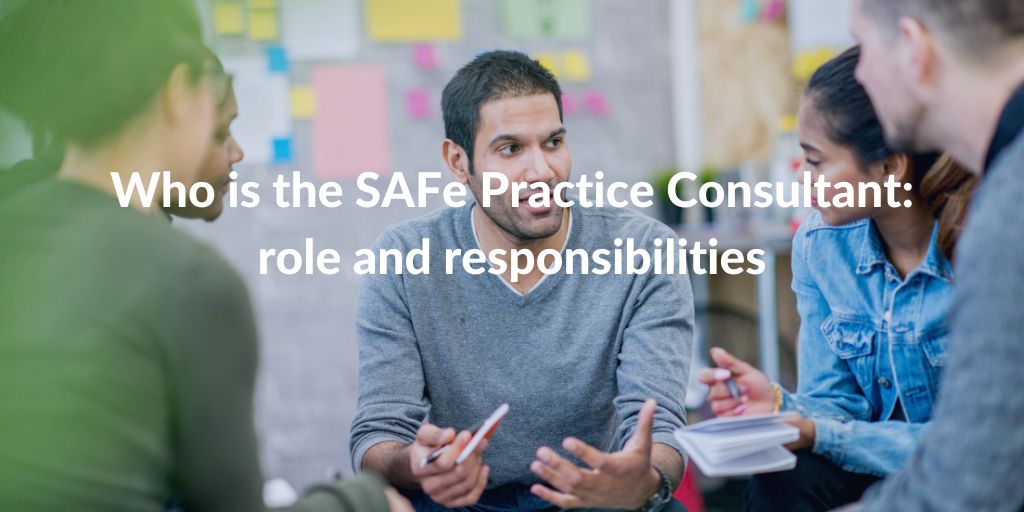Categories
Tags
Newsletter
Subscribe to the QRP International neswletter and get all the news on trends, useful contents and invitations to our upcoming events
Subscribe
SAFe stands for Scaled Agile Framework®, which is a set of organizational patterns to facilitate an agile workflow at an enterprise scale. The framework is a body of knowledge that offers guidance on roles, responsibilities, work planning and management, as well as values to respect.
The SAFe Practice Consultant (SPC) is a change agent who combines his or her willingness and devotion to improve the company’s software and development processes with technical understanding of the SAFe principles.
The Scaled Agile Framework has multiple different roles:
A SAFe implementation will be successful if there is someone that takes the lead in this. This person will be the SAFe Practice Consultant. His or her role is to engage people that are involved and are prepared to work together according to the SAFe principles.
As a SPC, you are responsible for building the new organisation and leading this change. You train teams in the SAFe framework and help colleagues to understand the seven core competencies of SAFe. It is your task to get the organisation moving and to steer everyone in the right direction.
The SAFe Practice Consultant is a leader who envisions what is changing and shows the way to remove possible impediments. This can be in the role of a manager or a change agent, but it needs to be someone who can implement specific process changes. He or she will have the required organizational credibility to be taken seriously, together with expertise to make fast, intelligent decisions.
The responsibilities of the SPC within the organisation could be to:
When you are enrolling for a SAFe SPC program, you should arrive to class with an excellent grasp of Agile. It is an accelerated course when you are interested in earning your SAFe SCP Certification, and a possible step after completing the initial Leading SAFe® course. The initial Leading SAFe course will allow you to implement the framework which is structured around 10 principles, roles and templates, and will prepare you for the official SAFe® Agilist (SA) certification.
After this, you can further diversify and deepen your understanding of the SAFe SPC Framework by taking the Implementing SAFe® course, which will prepare you to get the SAFe Practice Consultant certification. As touched upon briefly above, the Implementing SAFe course could be suitable for managers within an organisation. In general, leaders or consultants should become SAFe SPCs, when they are responsible for implementing Agile programs as part of an enterprise Lean-Agile change initiative.
SPCs can come from numerous internal or external roles and could include the following professionals:
Why should you become a SAFe Practice Consultant? Is it worth it? The answer is quite simple: if you are working in the field of Lean or Agile on a daily basis, this course brings a more thorough understanding of these principles and practices. The certification will be your formal recognition to support professional development as a Lean Agile coach, enabling you to train others. SAFe is becoming more known and recognized to adopt Agile practices. For some professions, think of consultants, the international SPC certification is a prerequisite to qualify for certain assignments.
Do you want to deepen your understanding of these concepts and learn how to combine strategy with execution? QRP International organises the Leading SAFe course. Visit the website or write to us for more information!
Source: © Scaled Agile, Inc.